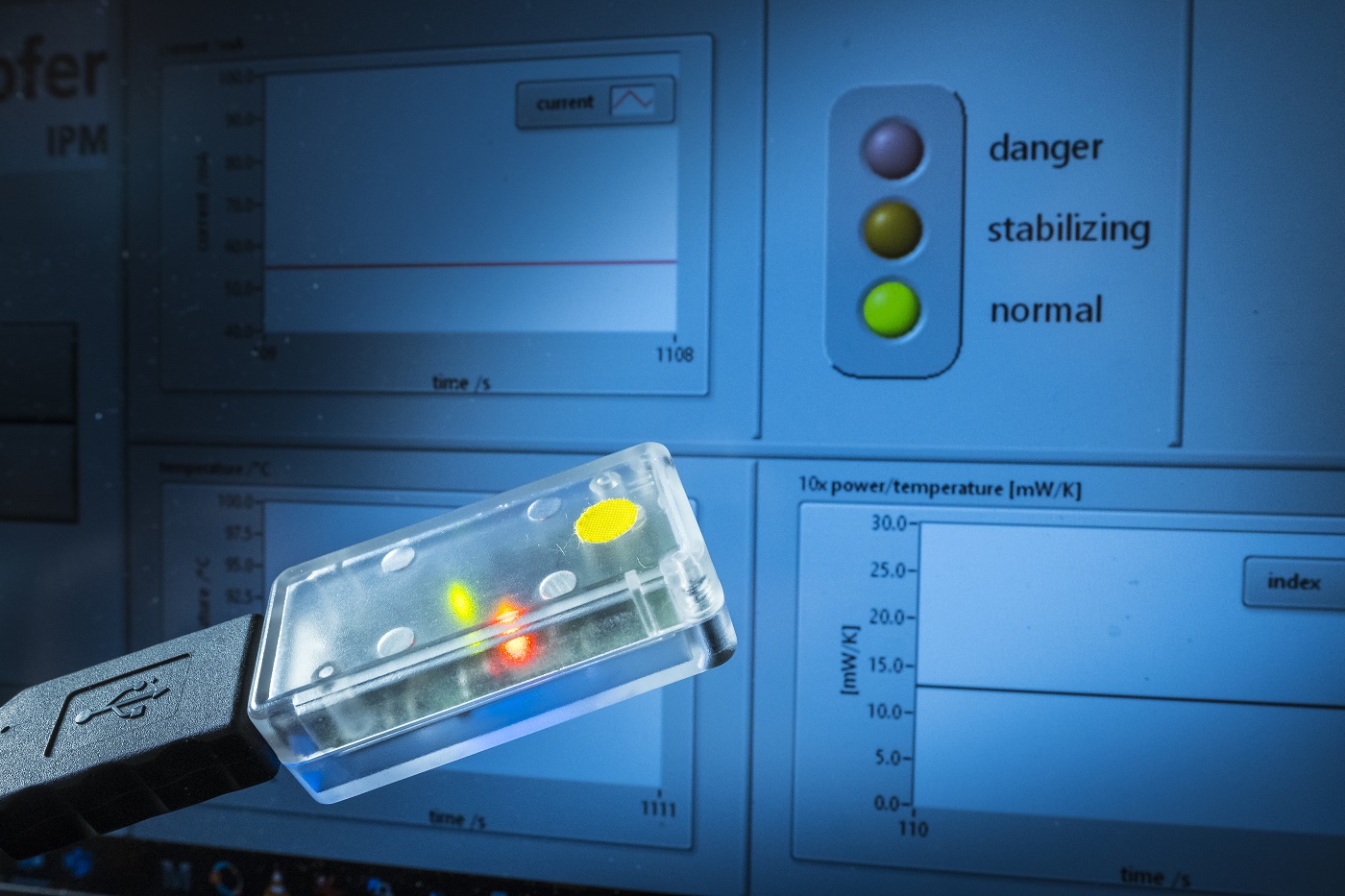Hydrogen-based technologies contribute significantly to the transition toward a more sustainable and lower-emission energy supply. The use of hydrogen, however, carries the risk of ignition or explosion. Thus, reliable sensor technology that can safely detect hydrogen (H₂) leaks and quickly locate them is essential for the widespread use of this technology.
Safe infrastructure and industrial processes
At Fraunhofer IPM, we develop precise hydrogen sensors based on the physical principle of thermal conductivity detection (TCD). This innovative measurement method detects hydrogen concentrations between 0 and 100 % with such accuracy that potential hazards, such as increased release or explosions, can be identified early on.
Examples of applications of H2 sensors include hydrogen storage facilities and filling stations, which require continuous monitoring for leaks and critical gas concentrations in the air. Many industries that use hydrogen employ sensors to control and monitor production processes to ensure safety and efficiency.
Stationary or mobile
TCD hydrogen sensor technology can be used in stationary and mobile fuel cells. For example, they are used in hydrogen-powered commercial vehicles, such as buses and trucks, as well as in fuel cell systems used to generate power where conventional energy sources are unavailable.
Miniaturized sensor system for detecting hydrogen: The sensor compensates for humidity and temperature influences. (Vitesco Technologies GmbH)
